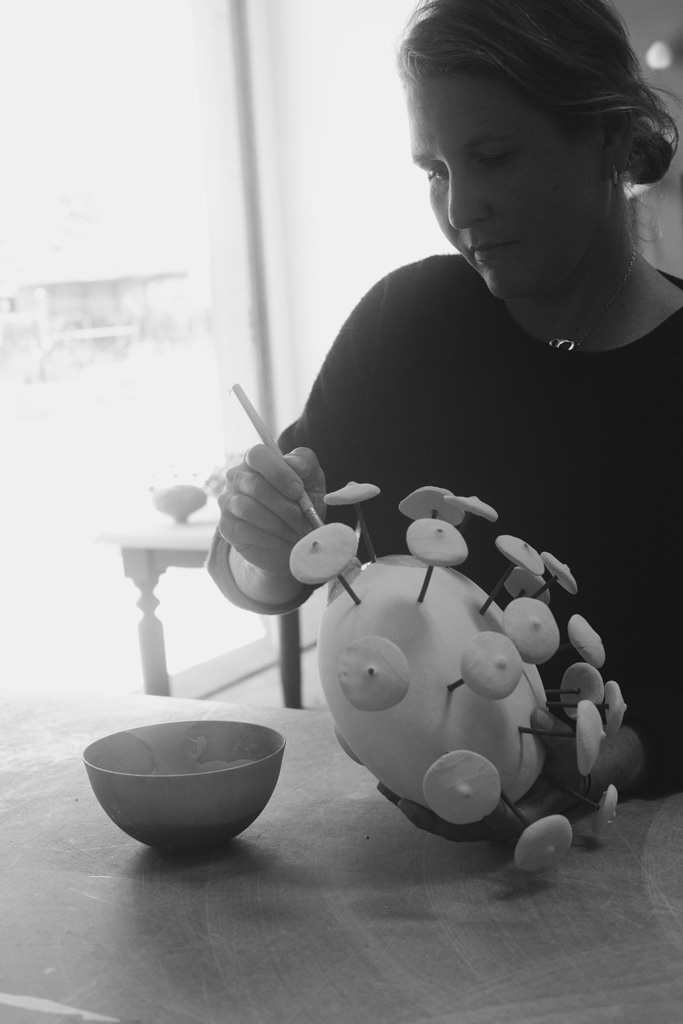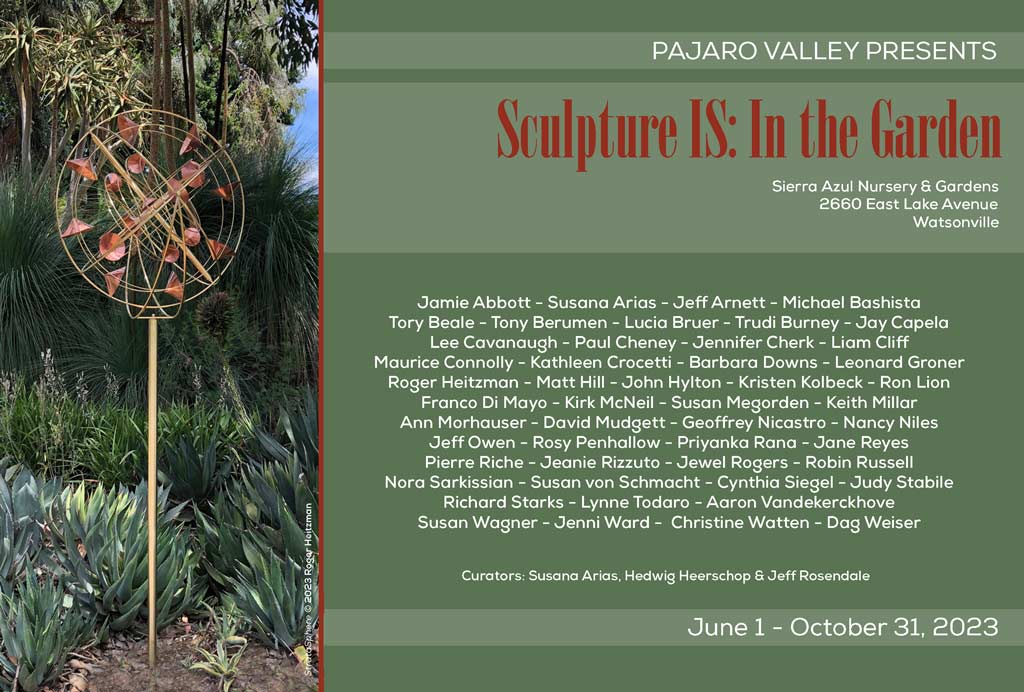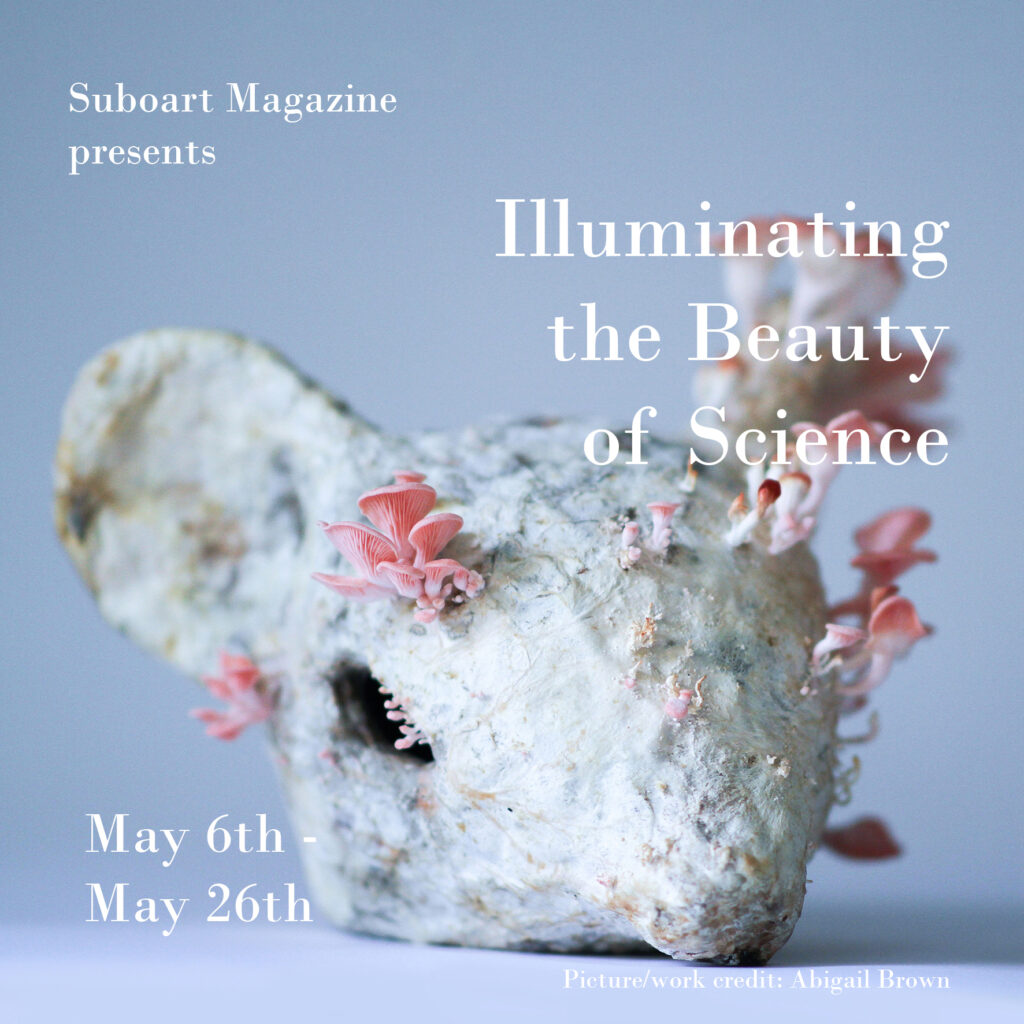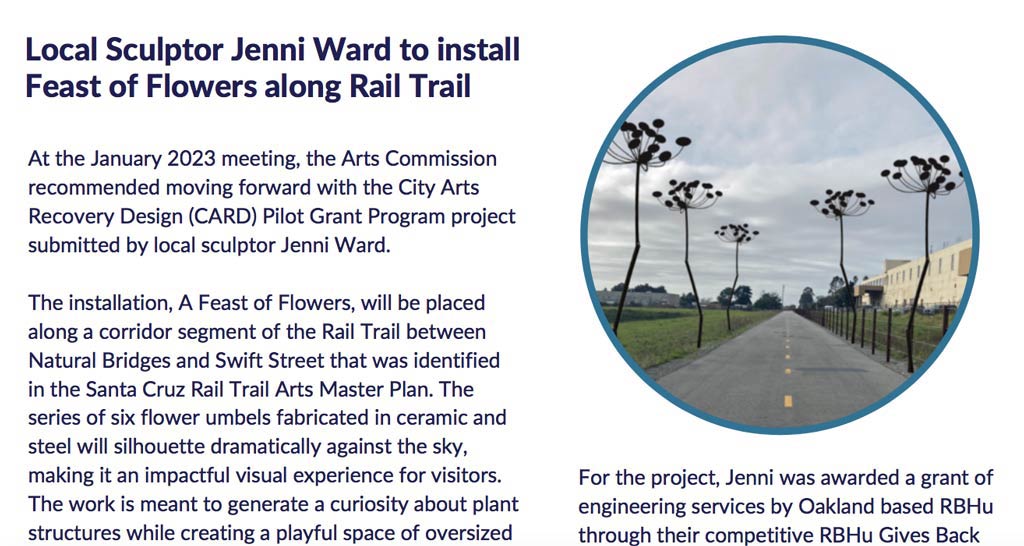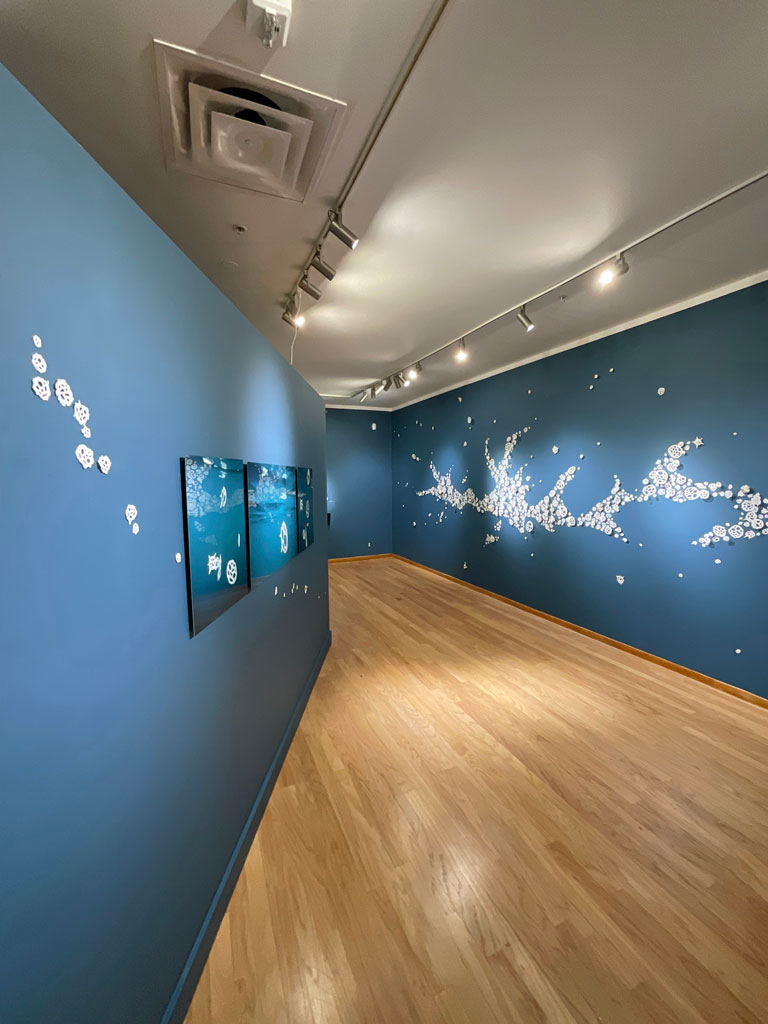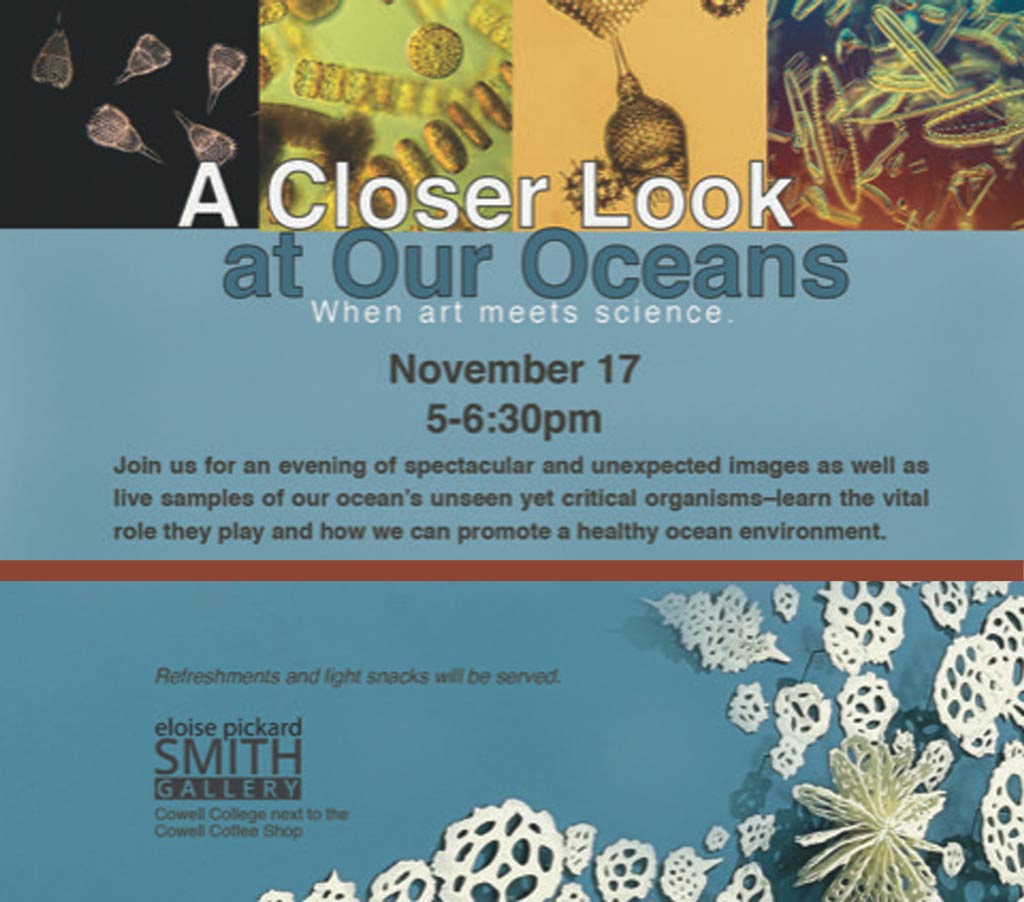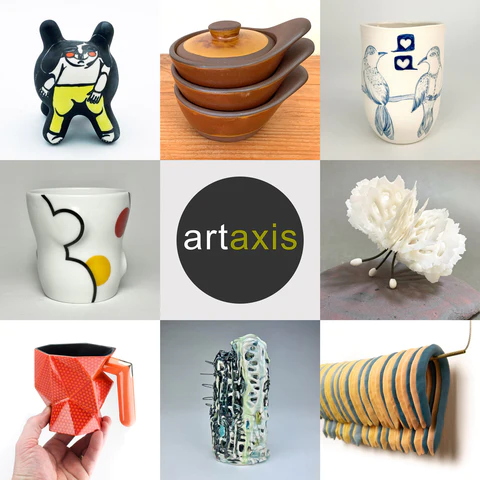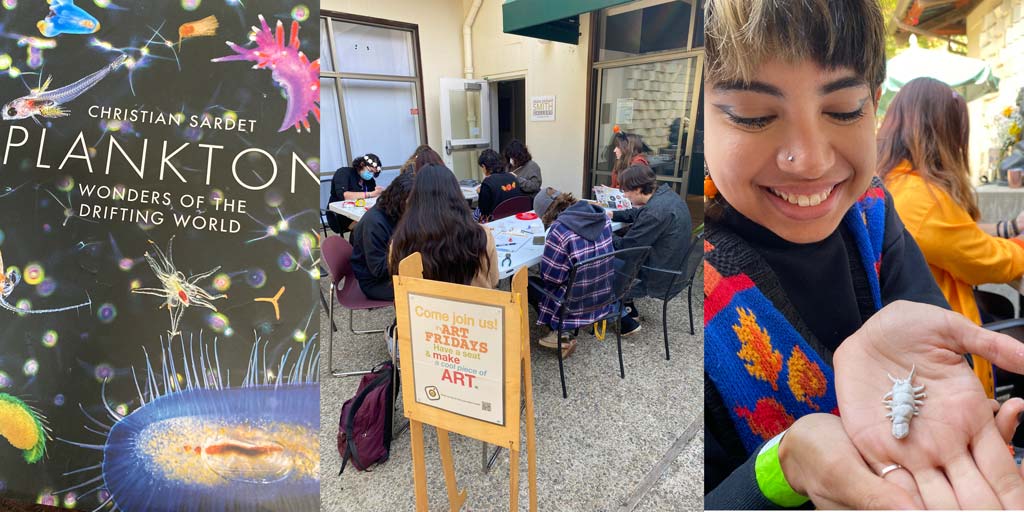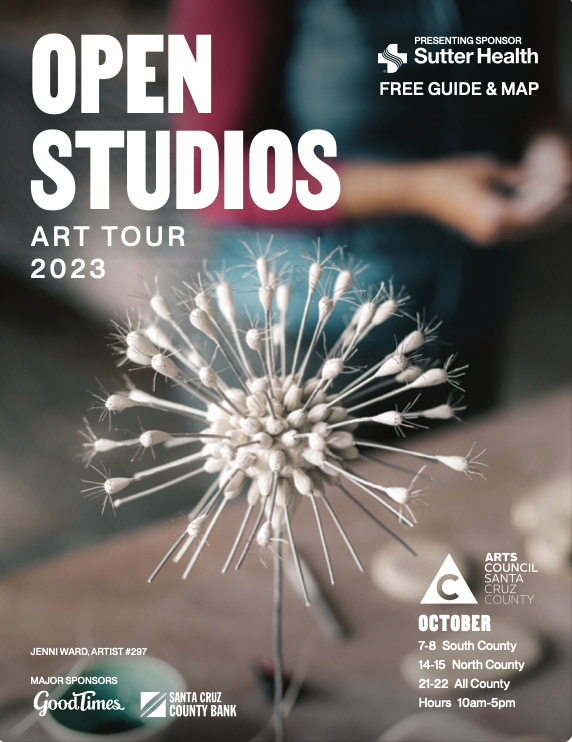
Pretty cool right? I’m humbled and excited that my work was chosen for the cover of the Open Studios catalog this year. What a way to celebrate my 18th and last year participating!
This photo is actually from a few years ago but I’ve continued work on the Umbel Series and will have some Umbels available for sale at Open Studios. See y’all in October!
OCT 14, 15, 21, 22 | 10 – 5
2523 C MISSION ST SANTA CRUZ
ARTIST #297
